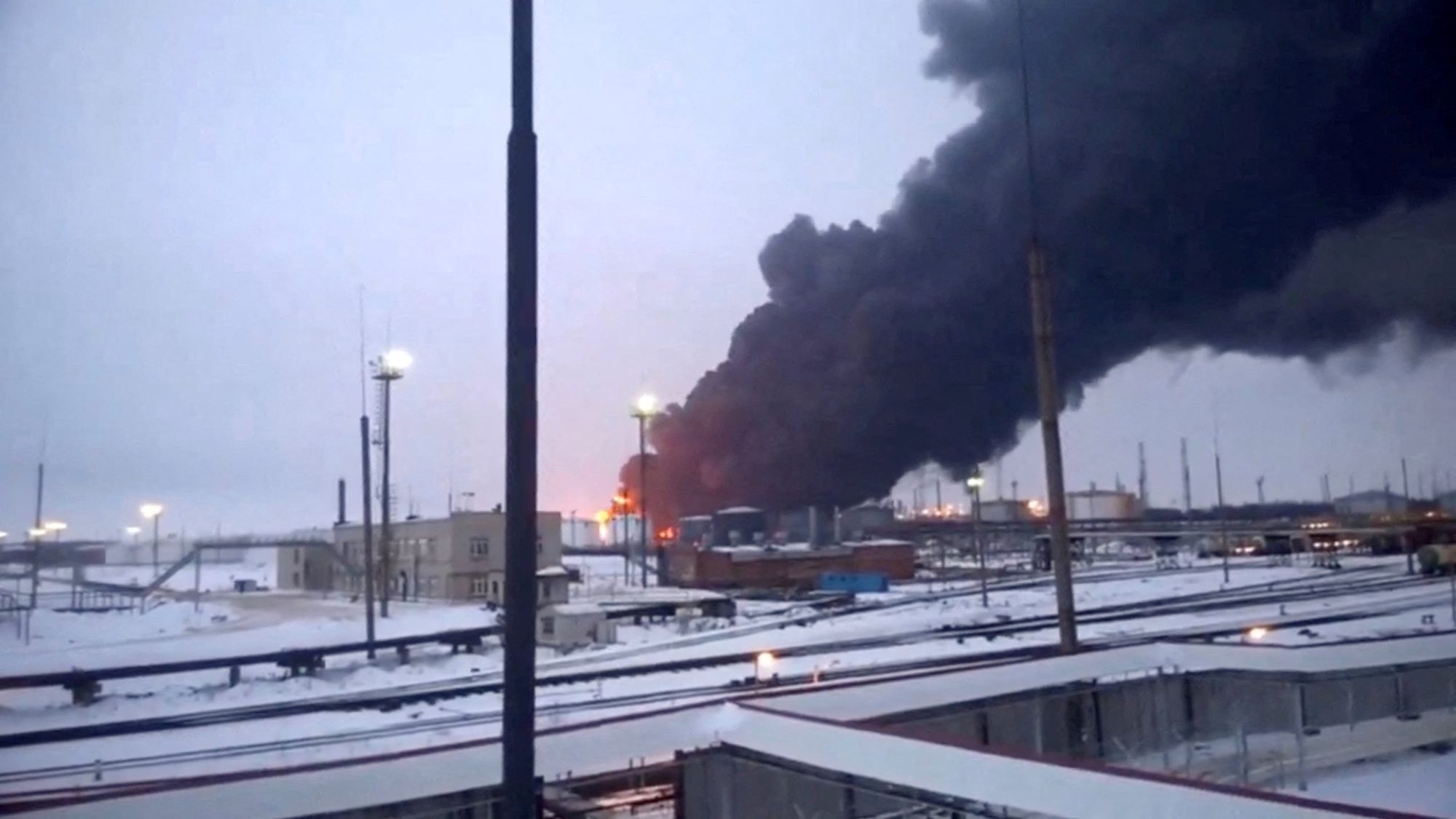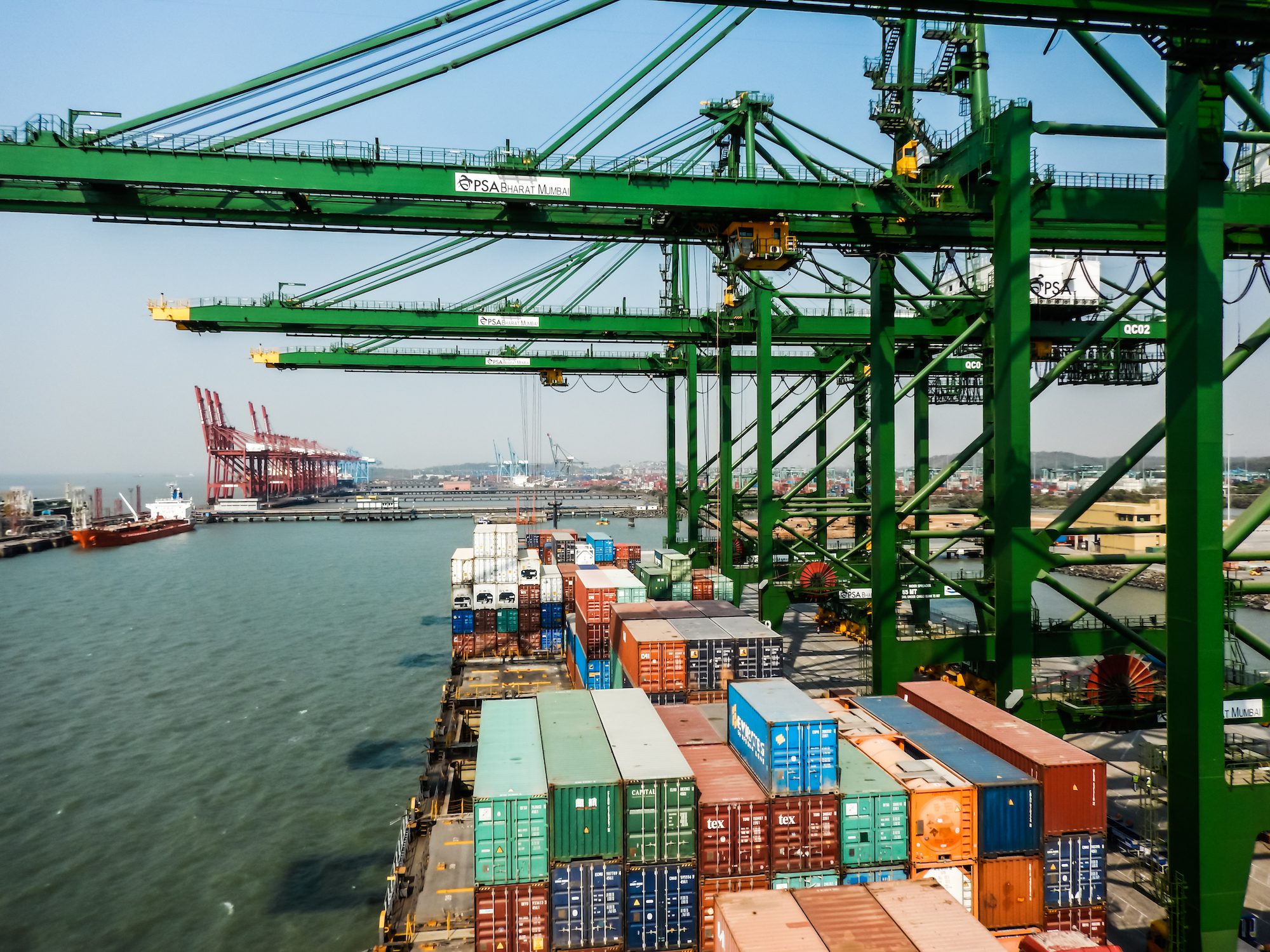By Doyinsola Oladipo
NEW YORK, Oct 3 (Reuters) – Long lines of container ships lined up outside major U.S. ports on Thursday as the biggest dockworker strike in nearly half a century entered its third day, preventing unloading and threatening shortages of everything from bananas to auto parts.
No negotiations were scheduled between the International Longshoremen’s Association and employers, but the port owners, under pressure from the White House to hike their pay offer to land a deal, signaled late on Wednesday they were open to new talks.
Update: Tentative Agreement Reached to End U.S. Port Strike
“The longer this goes on, the more we’re going to start to feel this impact,” Transportation Secretary Pete Buttigieg said on MSNBC. “You simply can’t have supply chains operating well unless these ports on the East Coast and the Gulf Coast are up and running.”
At least 45 container vessels that have been unable to unload had anchored up outside the strike-hit East Coast and Gulf Coast ports by Wednesday, up from just three before the strike began on Sunday, according to Everstream Analytics.
“Many seem to have decided to wait it out, possibly in hopes of a prompt resolution to the strike action, rather than taking the proactive decision to divert,” Everstream’s Jena Santoro said in a video presentation seen by Reuters.
She said the vessel backlog could double by the end of the week, and that the resulting congestion could take weeks, if not months, to clear.
One alternative would be to sail to West Coast ports on the other side of the country, likely using the Panama Canal, a journey of thousands of miles that would hike costs and add weeks to delivery times.
The ILA launched the strike by 45,000 port workers from Maine to Texas, its first major work stoppage since 1977, on Tuesday after talks for a new six-year contract with the United States Maritime Alliance (USMX) employer group broke down.
The ILA is seeking a big pay raise and commitments to halt port automation projects it fears will kill jobs. The USMX had offered a 50% pay raise, but the ILA said that was insufficient to address its concerns.
“Reaching an agreement will require negotiating,” USMX said late on Wednesday.
“We cannot agree to preconditions to return to bargaining, but we remain committed to bargaining in good faith to address the ILA’s demands and USMX’s concerns,” it said.
President Joe Biden’s administration has sided with the union, heaping pressure on the port employers to raise their offer to secure a deal and citing the shipping industry’s bumper profits since the COVID-19 pandemic.
But it has repeatedly resisted calls from business trade groups and Republican lawmakers to use federal powers to halt the strike – a move that would undermine Democratic support among the unions ahead of the Nov. 5 presidential election.
“The president needs to take a more aggressive stance here,” Republican Senator Shelley Moore Capito told CNBC.
The National Retail Federation on Wednesday, along with 272 other trade associations, have also called on Biden’s administration to use its federal authority to halt the strike, saying the walkout could have “devastating consequences.”
The strike affects 36 ports – including New York, Baltimore and Houston – that handle a range of containerized goods.
Economists say the port closures will not initially raise consumer prices as companies accelerated shipments in recent months for key goods. However, a prolonged stoppage will eventually filter through, with food prices likely to react first, according to Morgan Stanley economists.
“After the first week, we can expect some impact on perishable products like bananas, other fruits, seafood, and coffee, meaning fewer goods are reaching consumers, potentially driving up prices,” said Tony Pelli, global practice director for security & resilience at BSI Americas.
(Reporting by Doyinsola Oladipo; Additional reporting by David Shepardson in Washington; Writing by Richard Valdmanis; Editing by Sonali Paul and Jonathan Oatis)
(c) Copyright Thomson Reuters 2024.

 Join The Club
Join The Club











